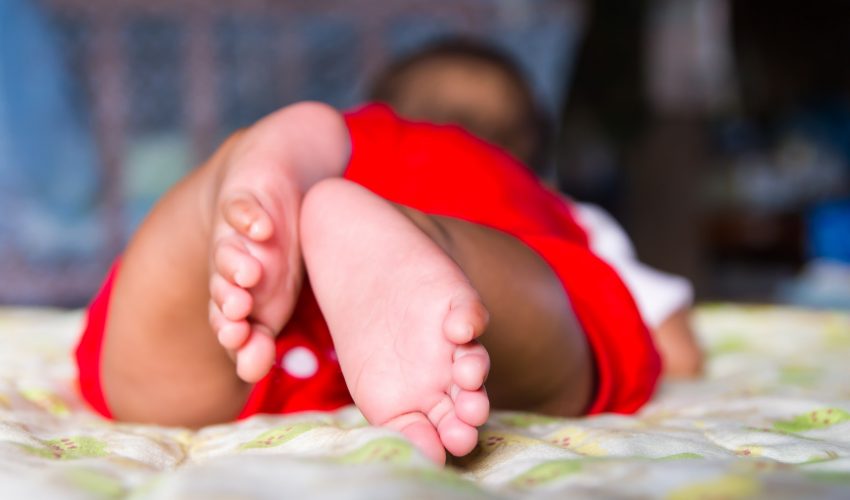Post Views: 2,355
Views No Comments
So, what is neonatal nursing all about? This is a subspecialty field of nursing in which nurses work with newborns during the neonatal period, which is the first months of their life. In general, neonatal nurses will be involved in the care of newborns with a range of problems like:
Although neonatal nursing is all about providing care for newborns with problems right after they’re born, it also involves the care for infants with long-term problems. As a neonatal nurse, one might have to care for the infants up to two years of age. A majority of the neonatal nurses will have to care for infants from birth until their discharge from the healthcare facility.
Neonatal Nursing – Why and What?
The aspirants of neonatal nursing should understand that about 40,000 infants are born with low birth weight defects in the United States each year. Overall, one in every thirty-three infants is born with some kind of birth defect. Medically, a birth defect can be defined as the deviation from the regular growth patterns of the baby growing in a mother’s womb. Neonatal nurses are the healthcare providers who care for these babies. According to the reports from “National Association of Neonatal Nurses”, the survival rates of the infants with birth defects have been improved by up to ten times than they were 15 years ago. This was possible only with the specialty of nursing that gives specialized training to the nurses to watch for even the smallest challenges that are encountered by newborns.
What makes neonatal nurses special is that they could make a difference in the lives of infants, as well as their families. In several ways, these nurses will be the voice of the smallest kids who can’t speak on their own. For their families, these nurses will be the lifeline for their infants. Thus, this provision of nursing is not only for providing physical care for the affected infants but also includes the psychosocial and emotional aspects of the family as a whole.
Common Birth Defects and their Symptoms:
As a neonatal nurse, one must know about the most common birth defects along with their symptoms in order to identify the children with a problem and offer immediate assistance. As such, the common birth defects are as follows:
Congenital Heart Defects:
This is found to be occurring in about one in 110 newborns. The causes of these defects are diverse. Sometimes, the problem may be so mild that it shows no symptoms at all. As a neonatal nurse, one could discover the problem by watching out for abnormal heart sounds, which are called murmurs through routine examinations. Some of these murmurs can be meaningless. But, the child should be subjected to further tests under pediatric supervision. However, serious defects will usually show detectable symptoms like:
Clubfoot:
This defect is found to be occurring in about one in 1000 newborns. Mostly, boy have this defect more often than girls, and this defect may lead to several deformities in the ankle and the foot. The actual cause of this defect is unclear. However, it is believed that a combination of environmental, as well as hereditary factors is responsible for this. The clubfoot can be mild or severe in a child and can be found in one or both feet. In milder cases, the clubfoot will not be painful and won’t be bothersome to the kids until they start to stand or walk.
Cleft Lip or Palate:
This is another birth defect that is found to be occurring in about one in 700 babies of Caucasian ethnicity. This defect is also seen in Asian and Native American children and less often, this is seen in African-American kids too. The cause of this defect is thought to be genetic, although some environmental factors also can be responsible. As such, the condition can be mild or severe. The infants with a cleft palate would need assistance with feeding as they have problem sucking. As a neonatal nurse, one must be aware of the best sitting position for feeding these babies and assist the parents in the best way possible.
Spina Bifida:
This is a birth defect that is found to be affecting one in 2,000 infants. Most commonly affected children are those from Caucasian ethnicity. The cause for this defect is known to be the malformation of a neural tube that prevents the child’s backbone from closing. Some of the cases need to be tested for proper diagnosis of the severity. It can be harmless, but it also can result in leg paralysis and bowel and bladder problems in those affected by it.
So, what is neonatal nursing all about? This is a subspecialty field of nursing in which nurses work with newborns during their neonatal period, which represents the first months of their life. Keep reading to learn more about what these nurses are and what they work with.

